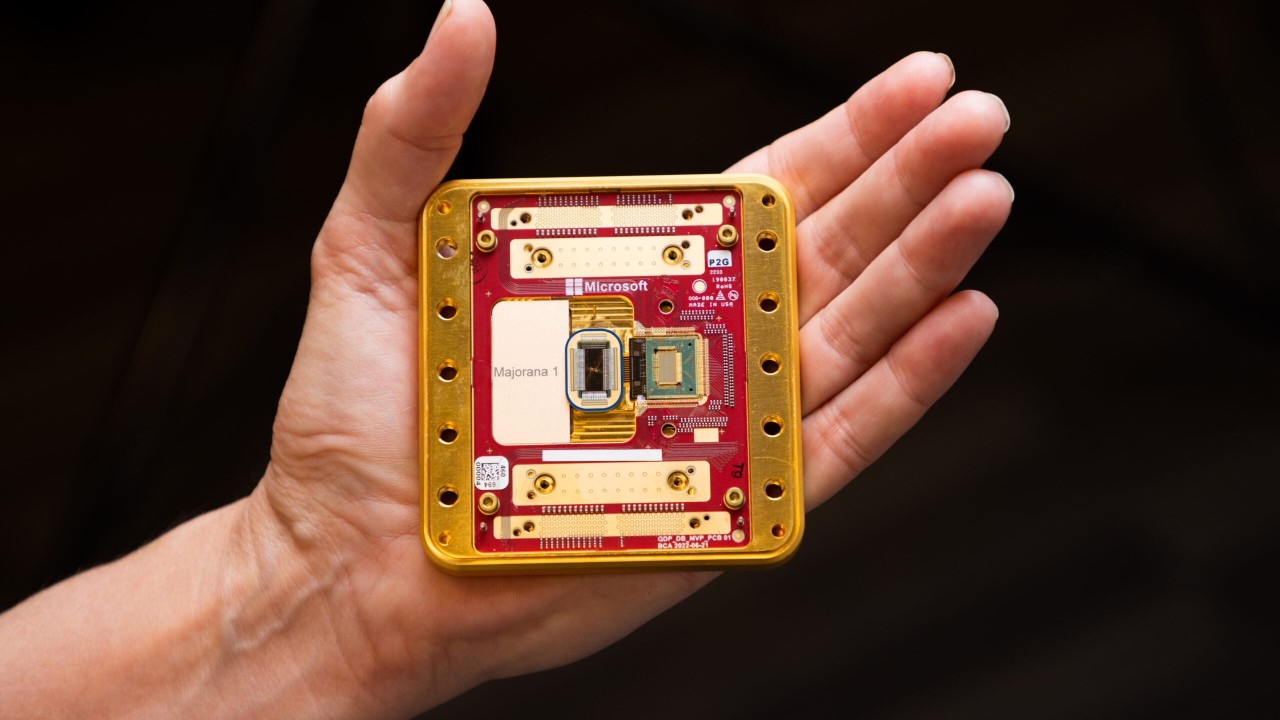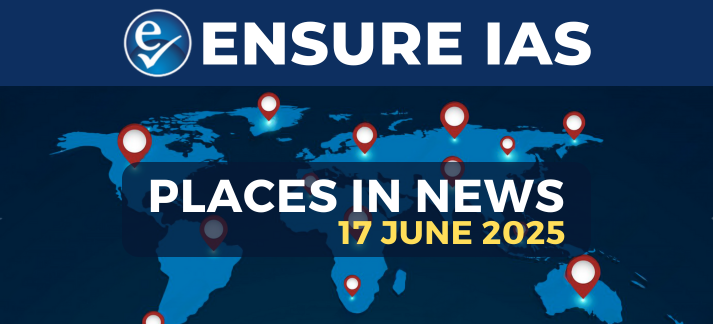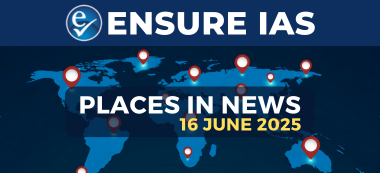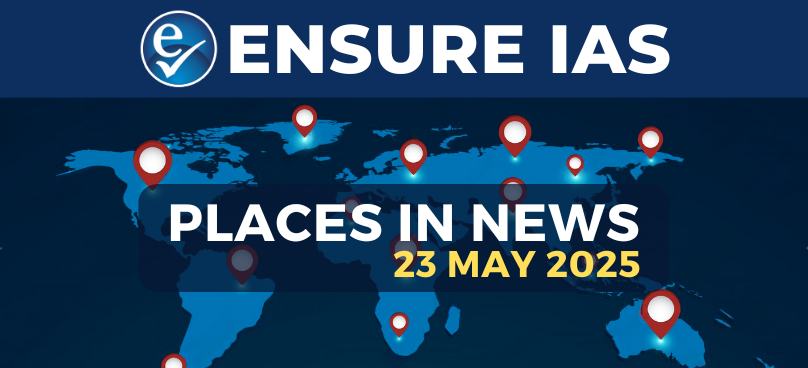- Courses
- GS Full Course 1 Year
- GS Full Course 2 Year
- GS Full Course 3 Year
- GS Full Course Till Selection
- Answer Alpha: Mains 2025 Mentorship
- MEP (Mains Enrichment Programme) Data, Facts
- Essay Target – 150+ Marks
- Online Program
- GS Recorded Course
- Polity
- Geography
- Economy
- Ancient, Medieval and Art & Culture AMAC
- Modern India, Post Independence & World History
- Environment
- Governance
- Science & Technology
- International Relations and Internal Security
- Disaster Management
- Ethics
- NCERT Current Affairs
- Indian Society and Social Issue
- NCERT- Science and Technology
- NCERT - Geography
- NCERT - Ancient History
- NCERT- World History
- NCERT Modern History
- CSAT
- 5 LAYERED ARJUNA Mentorship
- Public Administration Optional
- ABOUT US
- OUR TOPPERS
- TEST SERIES
- FREE STUDY MATERIAL
- VIDEOS
- CONTACT US
MAJORANA ZERO MODES BY MICROSOFT TO REVOLUTIONISE QUANTUM COMPUTING
MAJORANA ZERO MODES BY MICROSOFT TO REVOLUTIONISE QUANTUM COMPUTING

- In February 2025, Microsoft introduced its first quantum computing chip, Majorana 1, marking a significant milestone in the field of practical quantum computing.
- Microsoft claims that Majorana 1 could enable quantum computers capable of solving meaningful, industrial-scale problems in years, not decades.
- While independent scientists have raised doubts about this ambitious claim, they acknowledge that Microsoft has taken on a formidable challenge and that its efforts in this direction are noteworthy.
What is Quantum Computing?
Quantum computing is an advanced field that leverages the principles of quantum mechanics to solve complex problems beyond the capabilities of classical computers.
- Bits vs. Qubits: Traditional computers use bits (0s and 1s), whereas quantum computers use qubits, which can exist in multiple states simultaneously (superposition).
- Superposition: Enables quantum computers to process multiple solutions at once, leading to faster problem-solving.
- Entanglement: When qubits are entangled, changing one qubit instantaneously affects the other, regardless of distance. This allows quantum computers to perform calculations exponentially faster than classical computers.
The Power of Quantum Computing
A fully functional quantum computer has the potential to revolutionize several fields:
- Cryptography: Could break current encryption methods in seconds while enabling ultra-secure quantum communications.
- Drug Discovery & Materials Science: Quantum simulations can model molecular interactions at an atomic level, accelerating medicine and material development.
- Artificial Intelligence & Optimization: Enhances machine learning speeds and solves problems that traditional computers struggle with.
- Climate & Energy: Improves carbon capture, nuclear fusion, and energy system efficiency.
- Example: Google’s quantum chip recently solved a problem in five minutes that would take a classical supercomputer longer than the age of the universe.
Must Read: Majorana Zero Modes By Microsoft To Revolutionise Quantum Computing
What is Majorana 1 and Why is it Important?
Majorana 1 is a groundbreaking quantum chip that utilizes topological qubits, offering several advantages:
- Smaller: 100 times smaller than traditional qubits.
- More Stable: Naturally protected from external interference, reducing computational errors.
- Scalable: Capable of supporting up to one million qubits, compared to current chips that handle around 1,000 qubits.
How Does Majorana 1 Work?
Majorana 1 is based on Majorana Zero Modes (MZMs)—a special type of quantum particle that Microsoft has successfully engineered.
- Topoconductor Material: Microsoft developed a new material, topoconductors, by combining indium arsenide (a semiconductor) with aluminum (a superconductor).
- Topological Superconductivity: Cooling the material to near absolute zero and applying specific magnetic fields creates a special superconducting state that stabilizes Majorana qubits.
- Digital Control: Unlike traditional analog-based quantum systems, Majorana 1 uses digital pulses to control qubits, making large-scale quantum computing easier.
Key Features of Majorana 1
- First quantum chip powered by Topological Core architecture.
- Utilizes topoconductors (Topological Superconductors), creating a new state of matter beyond solids, liquids, or gases.
- Built from indium arsenide (semiconductor) and aluminum (superconductor) to enhance stability.
- Relies on Majorana fermions, unique subatomic particles that act as their own antiparticles.
- Features eight qubits initially, with potential expansion to one million.
- Applications:
- Breaking down microplastics.
- Creating self-healing materials.
- Improving healthcare solutions.
- Advancing chemistry and materials science.
Why is Majorana 1 a Game Changer?
- Less Error-Prone: Unlike traditional qubits, which require complex error correction, Majorana qubits are inherently stable, needing less correction.
- Scalability: With the ability to fit up to one million qubits on a single chip, it brings large-scale, fault-tolerant quantum computing closer to reality.
- Revolutionary Architecture: Uses the Topological Core architecture, ensuring superior performance in quantum computations.
|
The Science Behind Majorana Particles Microsoft named the chip “Majorana 1” because it consists of Majorana particles, a unique type of subatomic particle with unusual properties:
|
Why Microsoft’s Majorana 1 Stands Out?
- Fewer Qubits Required: Unlike competitors such as Google’s Willow and IBM’s chips, Majorana 1 requires fewer qubits to achieve superior performance.
- Lower Error Rates: Ensures more reliable quantum computations compared to rival technologies.
- Combining AI and Quantum: Can unlock real-world solutions, such as breaking down microplastics into harmless byproducts.
While there are still challenges ahead, Majorana 1 represents a bold leap forward in quantum computing. If successful, it could accelerate progress in fields such as cryptography, materials science, AI, and sustainable technology. Whether Microsoft's ambitious claim of solving industrial-scale problems within years rather than decades holds true remains to be seen, but one thing is clear: the future of computing is being redefined.



